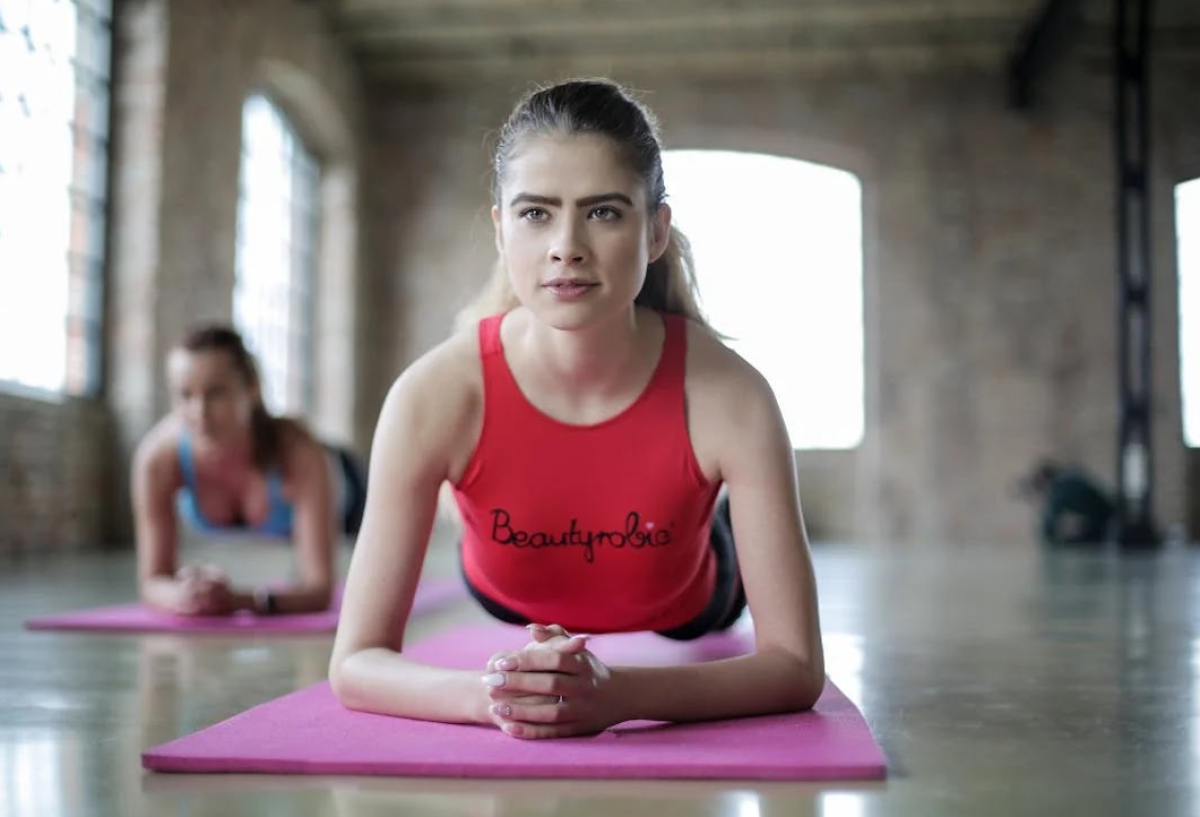Why Does Your Back Hurt After Exercising Your Abs?
- - Category: Diseases & Conditions
- - 11 Jun, 2024
- - Views: 207
- Save

Back pain
Back pain can be annoying, but the plank and the leg lift can decrease your pain significantly. The plank is an excellent exercise for strengthening the abdominal muscles' anti-extension characteristics, which simply implies that it challenges the abs' ability to withstand spinal extension.
The leg lift exercises the lower abdominals. This is a crucial task since the lower abdomen is the weakest part of the abdominal wall. When you evaluate the range of motion you undertake regularly, you will notice that lifting your knee to the height of your navel is extremely rare. As a result, the lower abdominal muscles are significantly underutilized.
What Can Cause the Back to Suffer From Abs Workouts?
- Exercising too hard
It's sometimes that straightforward, even if it offends someone's ego. It's normal to feel stress in your lower back, but if you complete an exercise with proper technique and still feel aggravation, you may have moved too quickly. You may be holding the plank for too long, or you should complete fewer leg raises. When it comes to leg lifts, you may need to modify the technique to fit your abilities. To relieve pressure on the lower back, people frequently need to bend their knees slightly.
- Low mobility
Tightness in the thoracic spine or hips can severely restrict the lower back. For example, if the biceps femoris of the hamstrings are short, the participant will have difficulty performing a leg lift without excessive movement of the lumbar spine. Low thoracic spine mobility is also hazardous, as the lumbar spine may assume an exaggerated arc to compensate for the upper back's poor placement.
- A poorly structured lifting regimen
Poor training regimens should be a thing of the past in this day and age, with online trainers, highly qualified gym staff, and endless resources. Improving your primal movement patterns, such as squats, hinging actions (deadlifts and hip thrusts), and loaded carries, should form the basis of any lifting program. This ensures optimum muscle balance. If your alignment is off, back pain is unavoidable.
How to Stop Feeling Pain
If you begin any fitness program, you must have the consent of a physician. You may proceed if you have no previous back injuries.
The first step is to understand the difference between pain and tension. If the lower back experiences a sharp, shooting pain, halt the activities immediately. You might have inflicted an injury. If you haven't, you are about to! The muscle surrounding the lumbar spine frequently produces a dull discomfort. This is completely appropriate. However, you do not want the soreness to be too severe. Especially when the workout does not put a strain on your abdominals. The next step is to divide the two workouts in question and customize them to your ability.
The Plank
Think about your technique. If you do the plank with a deep arch in your lower back, you have a problem! The simplest approach to figure out if this is the case is to have a companion photograph your plank from the side.
If you assume the correct attitude, the simplest step is to limit the amount of time you spend practicing the activity. If you can hold a plank for 30 seconds without experiencing back pain, you're off to a solid start. Practice three 30-second sets twice a week for four weeks before progressing.
People may still experience pain when performing this activity. If this is the case, try the plank with your arms on a higher surface, such as a bench. You will ultimately return to practicing the plank on the floor, but first, make sure your technique is correct and you do not suffer from back pain.
As the months pass, you will be able to perform the plank with your arms on the ground for longer periods of time, such as a full minute. I do not believe in practicing the plank for more than a minute. In order to further strengthen the abdominals, add instability. This can be accomplished by practicing planks on a gym ball, but one of my favorite variations is the plank with a reach. This is simply practicing the plank while stretching an arm out in front of you.

